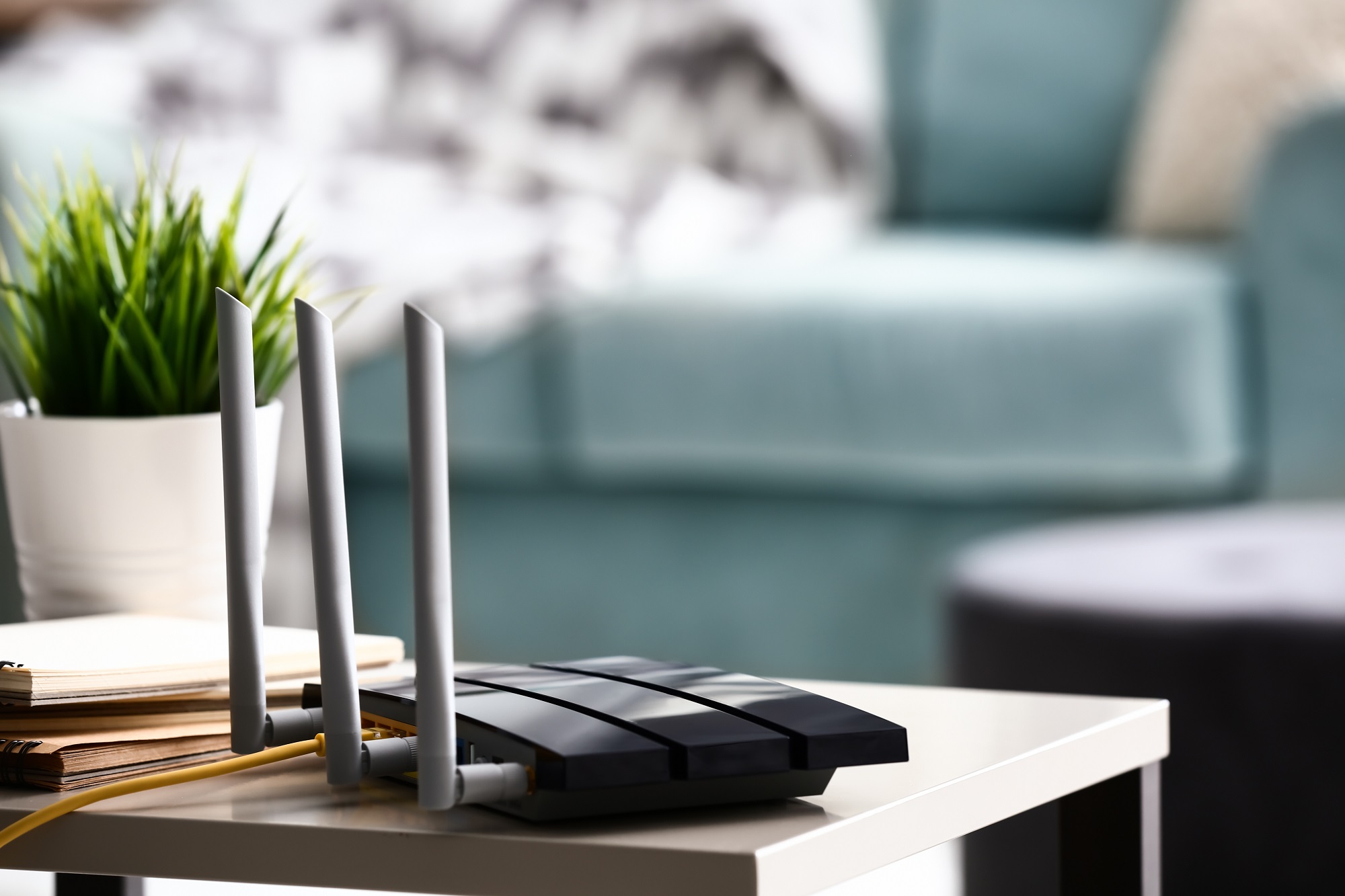Wi-Fi has come a long way in the past several years, with better speeds and more reliable connections becoming a standard among internet users. However, there’s still one big problem that we run into: Wi-Fi connections slow down immensely as more users connect. The solution to this age-old problem? Make 3D Wi-Fi chips.
Most wireless systems rely on what we refer to as “planar” processors. This means they emit signals in a very flat range. Since they’re two-dimensional devices, they have a very limited number of frequencies they can communicate on at any given time. If you were to build Wi-Fi chips with a three-dimensional design, though, you could communicate on multiple frequencies at a time.
One reason that scientists have begun looking for ways to improve Wi-fi communication is that we’re quickly reaching a point where the level of traffic and data just isn’t movable on a planar structure. Think of it like roads in a city. If we try to stuff a bunch of cars down a single two-lane road, we’re going to have issues. But, if we add additional roads above or below the other roads, we can suddenly provide more space for traffic to pass through.

That’s the basic idea behind a 3D Wi-Fi chip. The research behind the new possible breakthrough is published in Nature Electronics. And, if the scientists are actually onto something here, then it could revolutionize how we use wireless communications.
Obviously, this type of breakthrough has a number of benefits. First, there’s the huge performance gain that could be seen, even when multiple devices are connected to the same wireless service. Additionally, if you make a chip that works in three dimensions, you can scale the system more easily, as you won’t need to make it bigger and wider like you would with a planar chip.
Of course, building a new 3D Wi-Fi chip isn’t as easy as just making it happen. Researchers and engineers will need to figure out the best way to make the system work. But, if it happens, it could help us see huge improvements in the wireless space. Improvements like this haven’t been seen since we made the jump from the early days of Wi-Fi to the newer, more modern options like Wi-Fi 6.

